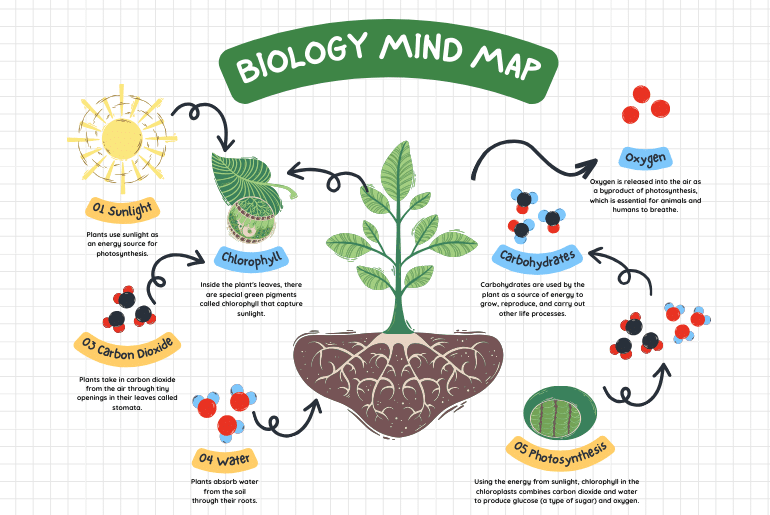Every student deserves the opportunity to thrive in their educational journey. For special needs students, having access to the right tools and resources is crucial for fostering inclusivity and unlocking their full potential. At kienhoc.vn, we believe in empowering educators and parents with knowledge about effective educational tools that cater to diverse learning styles and needs.
Assistive Technology Tools
Assistive technology tools are like superpowers for students with special needs! They help with things like reading, writing, speaking, and listening. For example, text-to-speech software can read digital text out loud, which is super helpful for students with dyslexia or visual impairments. There are also tools like speech-to-text software that can type what you say, which can help students with writing difficulties. These tools make learning more accessible and fun for everyone.

Visual Learning Tools
Some students learn best by seeing things. Visual learning tools can be super helpful for them! These tools use pictures, diagrams, and colors to make learning easier and more fun.
Think about graphic organizers. They help students organize their thoughts and ideas in a visual way. There are also visual schedules that use pictures to show what’s happening throughout the day. These tools can be especially helpful for students with autism or ADHD who might struggle with staying organized. Special needs students can benefit greatly from incorporating these tools into their learning routine.
Examples of Visual Learning Tools
There are many different types of visual learning tools available. Here are a few examples:
- Flashcards with pictures and words
- Color-coded highlighters to mark important information
- Charts and graphs to display data
- Mind maps to brainstorm ideas
- Videos and educational cartoons
These tools can help students with different learning styles and needs. For example, students who are visual learners may benefit from using flashcards with pictures and words, while students who are auditory learners may benefit from listening to audiobooks or podcasts.
By incorporating visual learning tools into the classroom, teachers can create a more inclusive and engaging learning environment for all students. Creating an inclusive classroom is essential for fostering a supportive and positive learning environment where every student feels valued and empowered.

Staying Organized with Planners and Checklists
Staying organized can be a challenge for many students, especially those with special needs. Luckily, there are tools like planners and checklists that can help! Planners help students keep track of assignments, due dates, and important events. Checklists can break down tasks into smaller, more manageable steps. These tools can help students feel more in control and less overwhelmed.
Time Management Tools for Success
Managing time wisely is an important skill for everyone, but it can be especially difficult for students with special needs. That’s where time management tools come in! Timers can help students stay focused on tasks and avoid getting sidetracked.
Visual timers are great because they show how much time is left. There are also apps and software that can help students plan their day and stay on top of their schedule. These tools can make a big difference in helping students use their time effectively. With the right teaching strategies for special needs students, educators can create a supportive environment that fosters their growth and development.
Digital Tools for Organization
In today’s digital world, there are many awesome online tools that can help students with organization and planning. These tools can be accessed from anywhere with a computer or tablet. Some popular options include Google Calendar, Trello, and Evernote. These tools allow students to create to-do lists, set reminders, and collaborate with others. They can be a game-changer for students who struggle with traditional paper-based organization methods.
- Google Calendar: helps you keep track of your schedule and appointments.
- Trello: helps you organize your tasks and projects.
- Evernote: helps you take notes and store information.
These tools can help students with different learning styles and needs. For example, students who are visual learners may benefit from using Google Calendar to see their schedule, while students who are auditory learners may benefit from using a voice recorder to take notes.

Sensory Tools and Accommodations
For some students with special needs, the classroom environment can be overwhelming or distracting. Sensory tools and accommodations can help create a more comfortable and focused learning experience. These tools help students manage their sensory input and stay calm and alert.
Creating a Calming Sensory Space
A sensory space is a special area in the classroom where students can go to relax and self-regulate. It might have comfy seating, soft lighting, and calming sensory tools like fidget toys or weighted blankets. These spaces can be a lifesaver for students who need a break from the hustle and bustle of the classroom. They can help students feel more grounded and ready to learn. Explore our article on creating an inclusive classroom to learn more about fostering a supportive environment for all students.
Sensory Tools for the Classroom
There are many different types of sensory tools that can be used in the classroom. Here are a few examples:
- Fidget toys: These can help students who need to move their hands to stay focused.
- Weighted blankets: These can provide a sense of calm and security for students who feel anxious or overwhelmed.
- Noise-canceling headphones: These can help students who are sensitive to noise.
- Chewy necklaces: These can provide oral sensory input for students who like to chew.
These tools can help students with different sensory needs. For example, students who are hypersensitive to noise may benefit from using noise-canceling headphones, while students who are hyposensitive to touch may benefit from using a weighted vest.

Final Thought
Choosing the right educational tools for special needs students is a personalized process. By understanding individual needs and exploring the wide range of available resources, educators and parents can create supportive learning environments that empower students to achieve their goals and celebrate their unique abilities.



